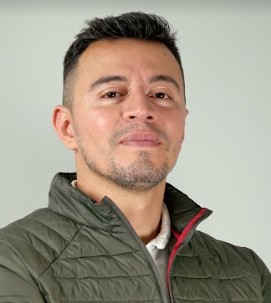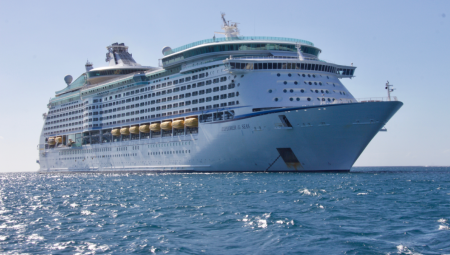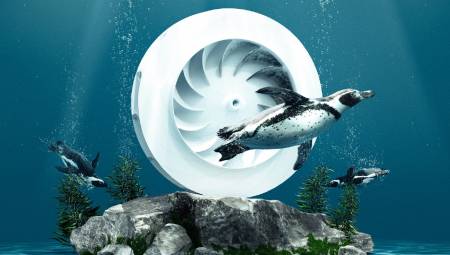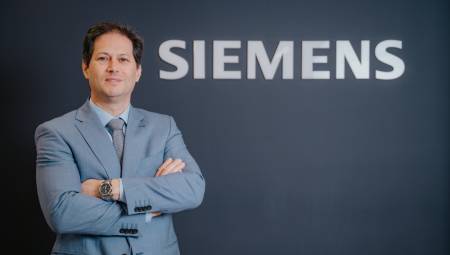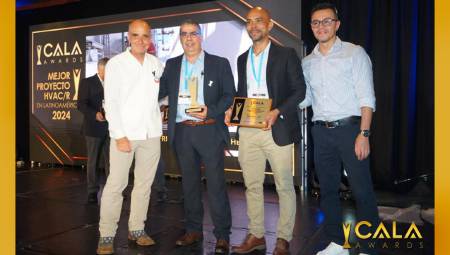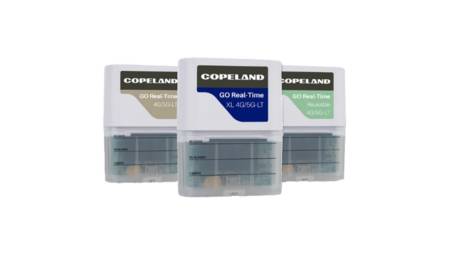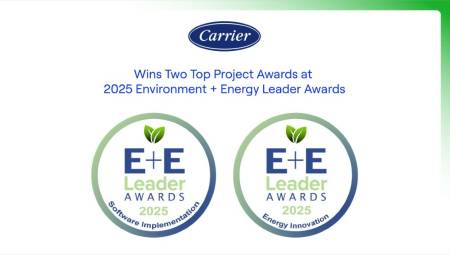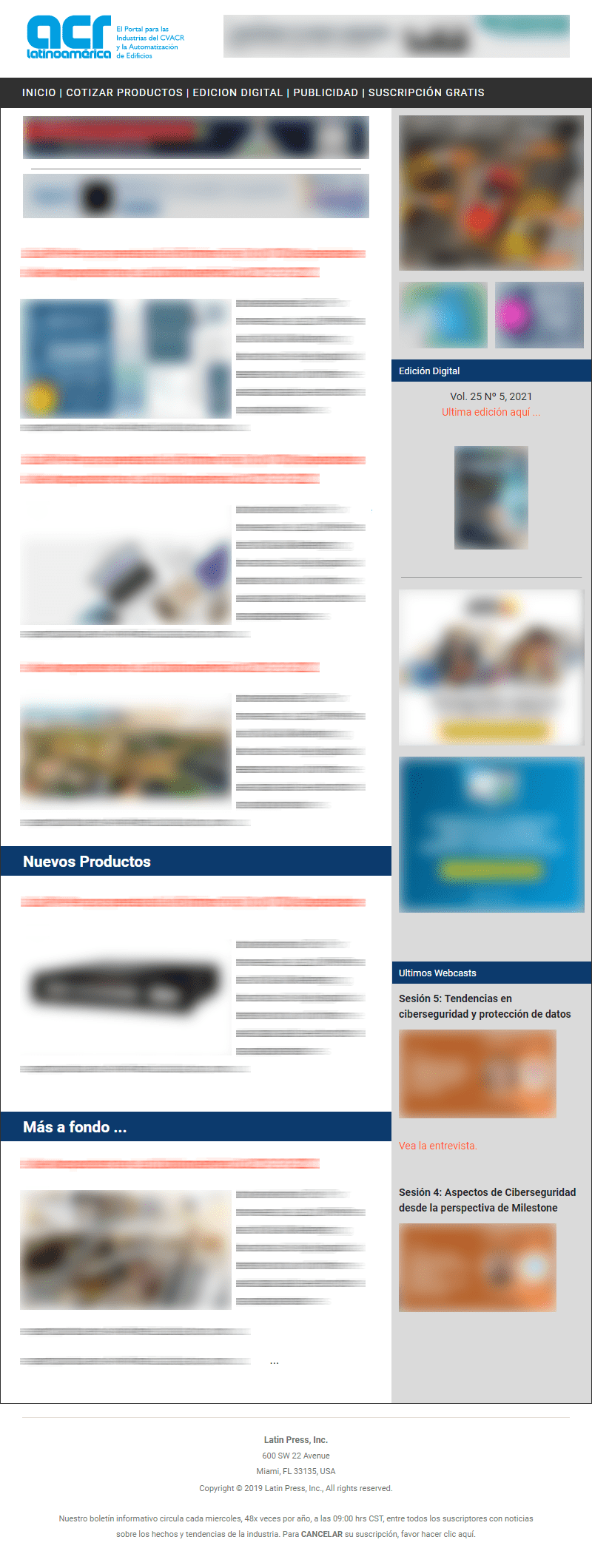 Third and final part of this special. This time we will delve into the topic of forgotten design criteria in HVAC projects.
Third and final part of this special. This time we will delve into the topic of forgotten design criteria in HVAC projects.
by Eng. María Lucía Botero N*
HVAC design processes often become mechanical: CT C, technology selection, equipment selection, duct design, piping, control and budget.
But sometimes what can cause the failure of the project? When I say failure I mean that a computer operates incorrectly, that the conditions are not achieved, that control fails, that the client does not maintain the equipment properly, etc.
Well, here I am going to present a summary of some of those points that are left forgotten in the day to day of design, all to leave one project and move on to the next as quickly as possible.
The project must be born with the understanding of its raison d'être and believe me, it is not always just about air conditioning an area, it is not so, there are many underlying reasons: the stability of a product, the operation and useful life of an electronic equipment, the success of a pharmaceutical, medical procedure; the preservation of a life using air conditioning in hospitals in critical areas and drug production. It seems logical, but in my concept it often fails from this first step: that of conceptualizing why the project was born.
The process of calculating thermal load continues. Yes, there are excellent calculation software, there are regulations that are clear guides for a design, almost one could say that they are the navigation chart and if some variations are not made, nothing will happen. There is also LEED certification, which gives the project a class of maximum energy saving. But what if we use all these valuable tools and do not stop to review small details that repeatedly cause projects to fail.
Now then I will mention some of these details:
1. What is the simultaneity of use of the system? By this I mean how the operation will be given, whether to partial loads and / or total loads or failing that both. This is often one of the most difficult problems to attack, because once the equipment is purchased there is no going back. And it is that the decision of the size of the system is made because it becomes common to repeat which is the most efficient system in "tables of selections", but what is the operation in real life? Did you analyze if it is useful for your client to have on paper the most efficient equipment in history, but it turns out that it was not operating at its best point of efficiency?
2. Technology selection: Although this point is highly linked to the previous one, they complement each other widely. Well, what happens here: it is necessary to make an analysis of a number of questions that we must ask ourselves, after determining the thermal load and simultaneity, where particularly many of the answers will be delivered from different areas of the client, then some of them: Does the client already have a technology installed? How has your experience been? Are you happy with the current provider or want to switch? What process do you have of maintenance, spare parts or contingency in case of failure? What budget does the project have?
And something that seems basic, but it is not, is to question the location or the ease of monitoring the project and linking it to know if it will have a stand alone control system or with the possibility of remote monitoring. Well, with those questions and many others, many failures can be avoided in the future. Examples:
A. Choose a variable refrigerant system and not have the trained personnel and / or response of the supplier.
B. Choose cold water systems condensed by water, because they are more efficient and the client does not know, nor does he have the slightest idea of keeping the tower water circuit in optimal conditions, which makes it useless to be in numbers a more efficient system because in the operation it will be the opposite.
C. Consider that the entire project should have the same technology, when there are areas that work at different times than the central system and redundancy was not thought of.
3. Location of equipment: this is not an easy task because it is often the struggle with architectural design, but it is there where we must be smart and achieve a negotiation with the client so that tomorrow the refrigeration technicians do not hate the consultants. How is it possible that we leave installed equipment where not even a 5-year-old child accesses? And the implications are not only maintenance, but the possibility of inspection and incorrect operation. But there are other proposals that worry me even more and are cases such as, for example, seeing a discharge to the outside of a room works in negative pressure next to a handling unit for a clean area of maximum classification.
One would think that it does not have to come in any norm because it should only be taken into account by common sense. An example for the hospital sector would be a discharge from a room of insulated next to the outside air intake of an operating room. That is why I return to the same point: there can be standards of all kinds and projects end up with your plate at the entrance of your certification process; but if this happens in the technical rooms where 95% or more have no idea that this is happening, nothing will be achieved.
4. Control system: It is a fact that already today the percentage of projects are accompanied by a control system even if it is basic, but sometimes I wonder if it is worth all that investment. Are these systems used 100% and maintained over time? For me the answer is no. You can make stunning control diagrams and sequences with great detail, but in many cases, running with luck, they work at the time of the inauguration because many times they do not work there and so they stay.
My point in this item is that you must also go through a process of identifying with the client in reality about what you want to control and what you want to monitor, so that tomorrow you do not see buried investments that will simply be "puentiadas", marking an erroneous measurement, or the saddest, with all the correct information but that absolutely nobody uses it.
Surely there will be more criteria that pass me by... the reflection for all of us consultants is to stop making the designs as if they were an online production, and spend more time analyzing, as we say, "putting ourselves on the client's shirt".
In summary, one could say that pharmaceutical laboratories, because they have in most cases defined parameters to fully comply with (temperature, HR, changes per hour, pressures, etc.); they should be supremely easy to design and there should be no flaws. However, reflection is to further study certain criteria that can be fundamental to the success of the project and are often left forgotten.
* María Lucía Botero N, is an engineer at Camilo Botero Ingenieros Asociados, you can write to the email: [email protected]


